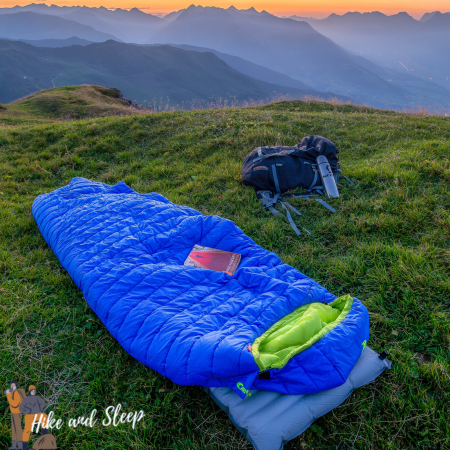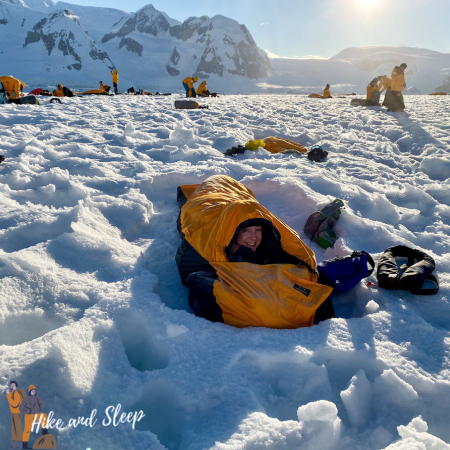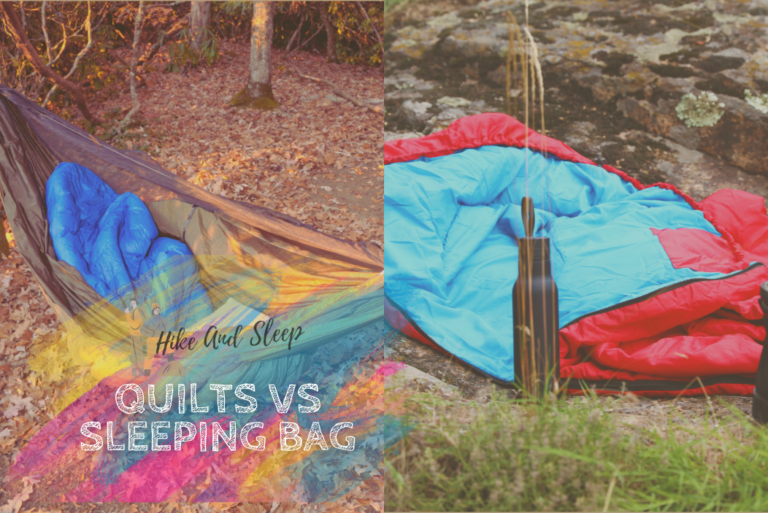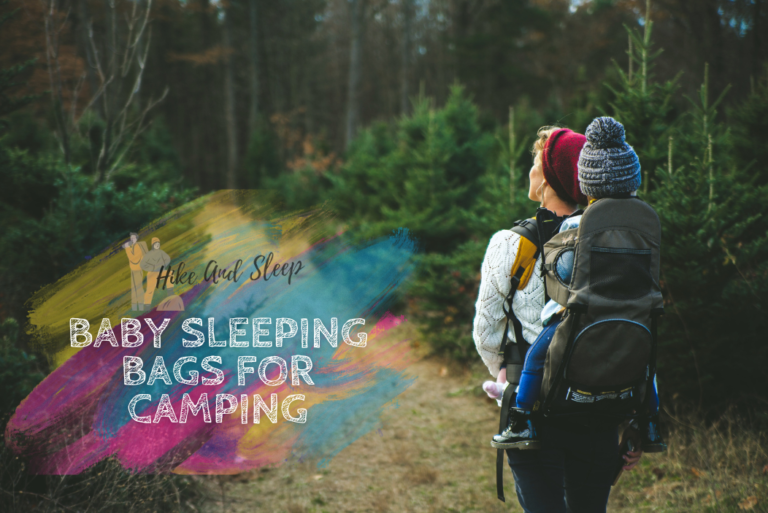How To Wash A Sleeping Bag in Washing Machine
Table of Contents
Introduction
Sleeping bags are essential equipment for outdoor enthusiasts and campers. Over time, they can accumulate dirt, sweat, and other debris, making it necessary to clean them regularly. While some sleeping bags require special care, many can be safely washed in a washing machine. In this article, let’s go over how to wash a sleeping bag in a washing machine, ensuring that your sleeping bag stays clean, fresh, and ready for your next adventure.
Can you put a sleeping bag in the washing machine?
Yes, you and totally wash your sleeping bag in the washing machine. Be it, a front-loader or a top-loader, all you have to do is follow specific guidelines, techniques, and some how-to’s and you will be good to go!
You must wash your sleeping bags once a year at least if the use is frequent. The basic procedure is fairly simple. We will be going over it in detail later. However, before that let’s talk about some pre-requisites that you must know.
Check the Care Instructions
Before washing your sleeping bag, it’s crucial to check the care instructions provided by the manufacturer. Some sleeping bags require special care or may not be suitable for machine washing. If the care instructions specify dry cleaning or hand washing only, it’s important to follow those instructions to prevent any damage to the sleeping bag.

Quick Tips
- Always unzip and turn the sleeping bag inside out before throwing it into the washing machine.
- Make sure to get rid of any dirt, dust, or sand inside of it by shaking it off.
- Generally, it is best to use a down gear wash detergent to wash down sleeping bags, and if that’s not available then mild laundry detergent to keep its efficiency intact
- If you’re washing the sleeping liner along with it, make sure to place it in a mesh or net cover so that it does not tangle along with the sleeping bag itself while spinning in the machine.
- Keep the spin intensity of your machine to “light”.
How to wash a sleeping bag in the washing machine?
Machine washing is a convenient option for cleaning sleeping bags, but it’s essential to use the correct settings and take the necessary precautions. Here’s how to machine wash your sleeping bag effectively:

What To Do
Use a gentle cycle: Set the washing machine to a delicate or gentle cycle with cold water. Avoid using hot water, as it can damage the insulation material.
Use a mild detergent: Add a small amount of gentle, non-bio detergent to the machine. Avoid using bleach or fabric softeners, as they can harm the fabric and reduce the insulation’s effectiveness.
Load the sleeping bag: Place the sleeping bag in the machine, ensuring there is enough space for it to move around freely. If needed, wash the sleeping bag separately to prevent tangling.
Extra rinse cycle: After the main wash, run an additional rinse cycle to ensure all detergent residues are removed.
Remove excess water: Gently squeeze out excess water from the sleeping bag without wringing or twisting it.
What Not To Do
When it comes to maintaining your sleeping bag, it’s essential to keep a few things in mind. Firstly, avoid subjecting it to dry cleaning as the solvents used in this process have the potential to strip away the natural oils present in the down filling. These oils play a vital role in helping the sleeping bag retain its loft and insulation properties.
Secondly, it’s advisable to steer clear of fabric softeners, bleaches, and alternative-bleach products. These substances can have adverse effects on the fabric and overall performance of the sleeping bag. Instead, opt for gentle detergents specifically designed for delicate fabrics.
Lastly, when washing your sleeping bag, refrain from using a top-loading machine with an agitator. The vigorous motion of the agitator can put excessive strain on the seams and even cause them to tear.

How to Wash A Sleeping Bag in a Top Loader (Step By Step)
Washing sleeping bags in a top-loader washing machine requires careful attention to prevent damage to the fabric and insulation. Follow these steps to ensure a successful cleaning process:
Preparation
- Close all zippers and fasten all Velcro tabs on the sleeping bag.
- Empty all pockets and remove any loose items attached to the bag.
- Shake the sleeping bag gently to remove any loose dirt or debris.
- If your sleeping bag is excessively dirty, consider spot-cleaning the stained areas before washing.
Check the Washing Machine Capacity
Verify that your top-loader washing machine has enough capacity to accommodate the sleeping bag. An overcrowded machine can lead to inadequate cleaning and potential damage to the sleeping bag. Refer to the machine’s user manual to determine its capacity or consult the manufacturer’s website.
Select the Appropriate Detergent
Choosing the right detergent is crucial to protect the fabric and insulation of your sleeping bag. Opt for a mild, non-detergent soap or a specialized sleeping bag cleaner like a down gear wash solution. Avoid using harsh detergents, bleach, or fabric softeners, as they can damage the sleeping bag’s materials. Our best recommendation is Nikwax Down Direct.
Set the Washing Machine
- Select a delicate or gentle cycle with a slow or no spin setting. This will prevent excessive agitation that could potentially damage the sleeping bag.
- Use cold or lukewarm water. High temperatures can cause shrinking or melting of the insulation.
- If available, add an extra rinse cycle to ensure all soap residue is removed.
Load the Sleeping Bag
Place the sleeping bag in the washing machine, making sure it is evenly distributed. Avoid folding or stuffing the sleeping bag, as this can lead to uneven cleaning and may damage the insulation.
Start the Washing Cycle
Once everything is properly set, start the washing cycle. Monitor the machine closely during the cycle to ensure there are no unusual sounds or movements. If you notice any issues, pause the cycle immediately and address the problem before continuing.
Drying the Sleeping Bag
- After the washing cycle is complete, remove the sleeping bag from the machine promptly to prevent wrinkling or creasing.
- Gently squeeze out excess water without wringing or twisting the sleeping bag.
- Lay the sleeping bag flat or hang it outdoors in a shaded area to air dry. Avoid direct sunlight, as it can fade the fabric and damage the insulation.
- Occasionally fluff the sleeping bag during the drying process to help restore its loft and insulation.
Storage
Once the sleeping bag is completely dry, store it in a breathable storage bag or a large cotton sack. Avoid compressing the sleeping bag excessively, as this can damage the insulation over time. Store it in a cool, dry place away from direct sunlight and moisture.

How often to wash a sleeping bag?
It is best recommended to wash a sleeping bag once a year if the use is frequent. Washing too frequently causes the insulation to malfunction and its efficiency doesn’t stay intact.
However, not washing them at all would lead your sleeping bag to stink and the dirt might accumulate causing it to be filthy.
Certain surveys revealed that 78% of backpackers are washing their sleeping bags and jackets wrong. They are either washing them a lot or not washing them at all.
In either case, remember, washing it once a year is good enough!
Alternative washing method
Alternatively, you can hand wash the sleeping bag in the tub. This procedure is fairly simple too but needs a little bit more labor than using the washing machine.
Begin by filling the bathtub with either cool or warm water, ensuring it reaches a comfortable level. Next, select the appropriate cleaner for your down or synthetic bag, making sure not to overuse it, as excessive soap can make rinsing more challenging.
Gently place the sleeping bag into the water, allowing it to drown completely. Slowly and carefully work the soap throughout the entire bag, paying extra attention to heavily soiled areas. Take your time to ensure a thorough cleaning. For stubborn stains, gently rub the affected spots together.
Now, it’s time to let the cleaning magic happen. Leave the bag to soak for up to one hour, allowing the soap to work its way into the fibers and lift away dirt and grime.
Once the soaking time has elapsed, drain the tub and carefully press out any remaining water from the bag. Be thorough in this step to prevent excessive moisture.
To ensure a complete rinse, refill the tub with cool or warm water. This time, gently work the soap out of the bag, allowing the water to flush away any remnants of soap suds. Let the bag sit in the rinsing water for about 15 minutes before draining again. Repeat this rinsing process until you’re confident all traces of soap have been removed.
Now, it’s time to remove excess water from the bag. With a gentle touch, squeeze out as much water as possible, helping it regain its lightness. To avoid straining or damaging the seams, carefully work your hands underneath the bag, gathering it into a compact ball in your arms. This will make transportation to the drying area easier.
If you have a spacious dryer at home, it’s ideal for drying your bag. Place it inside the dryer, following the manufacturer’s instructions. However, if your dryer is too small to accommodate the bag without it remaining balled up, you may need to take a trip to the laundromat to ensure proper drying.
In case of airdrying, find a clean surface outdoors, such as grass or a beach towel, where you can lay the bag flat. Choose a spot that offers exposure to the sun or partial shade. As your bag dries, you might need to manually break up any clumps of insulation, ensuring it dries evenly and efficiently
Final Thoughts
By now you are well equipped with the knowledge on how to wash a sleeping bag in a washing machine. Washing your sleeping bag is essential to maintain its cleanliness and performance. By following the proper washing and drying techniques, you can ensure that your sleeping bag remains fresh, odor-free, and comfortable for many outdoor adventures to come.
Read Also:







